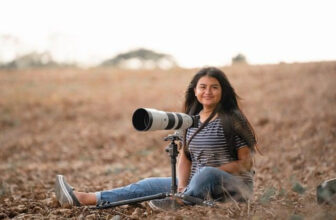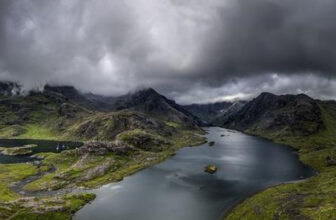Mastering the Art of Wide Angle Photography: Expert Tips
GoogleAds

Wide angle photography is a mesmerizing technique that opens up a whole new world of creative possibilities for photographers. From capturing vast landscapes to distorted perspectives, mastering the art of wide angle photography can truly elevate your photos to new heights. In this article, we will provide expert tips and tricks to help you take your wide angle photography skills to the next level. Whether you’re a seasoned pro looking to enhance your techniques or a beginner eager to explore this fascinating genre, these tips will surely help you hone your craft and produce stunning wide angle shots.
Choosing the Right Wide Angle Lens for Your Photography Gear
When it comes to capturing stunning wide-angle shots, having the right lens can make all the difference. With so many options available, it can be overwhelming to choose the best one for your photography gear. Here are some expert tips to help you master the art of wide-angle photography by selecting the perfect lens.
One important factor to consider when choosing a wide-angle lens is the focal length. Wide-angle lenses typically have focal lengths between 14mm and 35mm. If you want to capture expansive landscapes or architecture, opt for a wider focal length like 14mm. On the other hand, if you’re looking to shoot portraits or street photography, a focal length closer to 35mm might be more suitable.
Another crucial aspect to keep in mind is the aperture of the lens. Wide-angle lenses with larger apertures (e.g. f/2.8) allow more light to enter the camera, making them ideal for low-light situations or achieving a shallow depth of field for creative effects. However, lenses with larger apertures tend to be heavier and more expensive, so consider your budget and shooting conditions when making your selection.
Consider the distortion levels of the lens. Wide-angle lenses are known for introducing distortion, such as barrel distortion or perspective distortion. Some lenses are designed to minimize distortion, providing more accurate representations of scenes. Keep in mind that some photographers embrace the distortion as a stylistic choice, so choose a lens that aligns with your creative vision.
Don’t forget about the build quality and features of the lens. Look for lenses with weather sealing if you plan to shoot in challenging conditions, such as rain or dust. Additionally, consider if the lens has image stabilization, autofocus capabilities, or special coatings for reducing flare and ghosting. These features can enhance the overall performance and versatility of your wide-angle lens.
Understanding the Distortion and Perspective in Wide Angle Photography
Wide angle photography is a powerful tool for capturing expansive landscapes, dynamic architectural shots, and immersive interior scenes. However, mastering the art of wide angle photography requires a deep understanding of the distortion and perspective that comes with using such lenses.
One of the key aspects to consider when shooting with a wide angle lens is the distortion it can create. Wide angle lenses have a tendency to stretch and exaggerate objects, especially those near the edges of the frame. To minimize distortion, try to keep your main subject towards the center of the frame and avoid placing important elements too close to the edges.
Another important factor to consider is perspective. Wide angle lenses can create a sense of depth and distance in your images, making them look more dynamic and engaging. To make the most of this effect, experiment with different angles and compositions to create a sense of movement and scale in your photos.
When shooting with a wide angle lens, it’s important to pay attention to the foreground as well as the background. Including elements in the foreground can help add context and depth to your photos, while also leading the viewer’s eye towards the main subject. Be mindful of what you include in the frame, and use leading lines and shapes to guide the viewer’s gaze.
In conclusion, mastering wide angle photography requires a mix of technical skill, creative vision, and attention to detail. By understanding the distortion and perspective that come with using wide angle lenses, you can create stunning and impactful images that truly stand out. Experiment with different techniques and compositions to push the boundaries of wide angle photography and unlock its full potential.
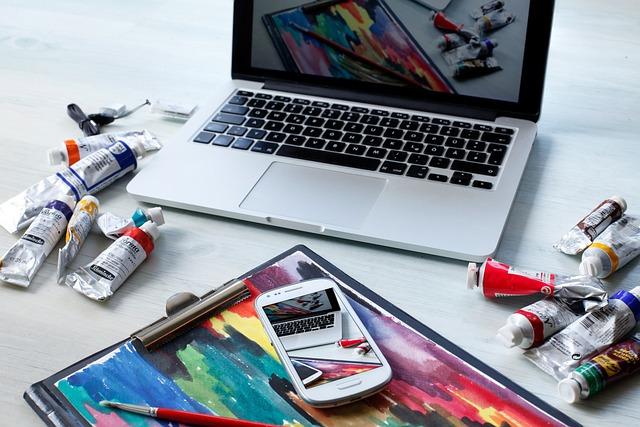
Getting Creative with Wide Angle Composition Techniques
Wide angle photography opens up a world of creative possibilities, allowing photographers to capture expansive landscapes, dramatic perspectives, and dynamic compositions. By mastering the art of wide angle composition techniques, photographers can take their images to the next level.
One key technique for achieving visually striking wide angle shots is to get low to the ground. By shooting from a low angle, photographers can emphasize the foreground and create a sense of depth in the image. This technique works particularly well for capturing sweeping landscapes or architectural subjects.
Another effective wide angle composition technique is to incorporate leading lines into the frame. Leading lines can guide the viewer’s eye through the image, creating a sense of movement and depth. Whether it’s a winding road, a row of trees, or a flowing river, leading lines can add visual interest and structure to wide angle shots.
When shooting with a wide angle lens, it’s important to pay attention to the overall balance of the composition. Avoid cluttered or distracting elements in the frame, and instead focus on creating a clean, compelling image. Experiment with different angles and perspectives to find the most visually impactful composition.
Lastly, don’t be afraid to experiment with unconventional wide angle composition techniques. Whether it’s shooting through a natural frame, incorporating reflections, or playing with symmetry and patterns, embracing creativity is key to mastering the art of wide angle photography.
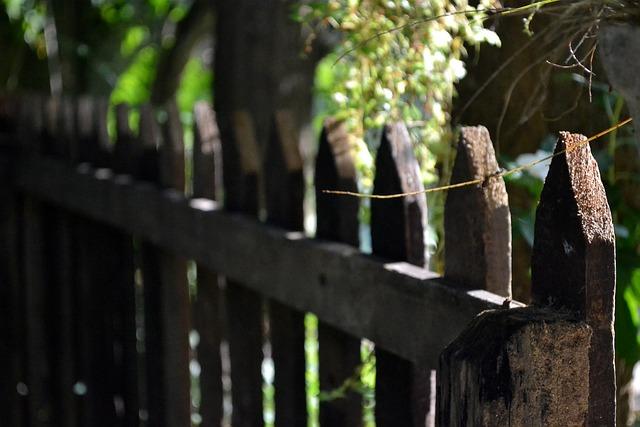
Utilizing Leading Lines and Foreground Elements to Add Depth
Utilizing leading lines and foreground elements is a surefire way to take your wide angle photography to the next level. By strategically incorporating these elements into your composition, you can create a sense of depth and dimension that draws the viewer into the scene.
Leading lines are key elements in photography that help guide the viewer’s eye through the image. Whether it’s a winding road, a row of trees, or a fence line, these lines can be used to create a sense of movement and direction within the frame. When shooting with a wide angle lens, look for natural lines in the landscape that can serve as leading lines in your composition.
Incorporating foreground elements into your wide angle shots can also have a dramatic impact on the overall look of your image. By placing objects such as rocks, flowers, or other elements in the foreground of your shot, you can create a sense of scale and perspective that adds depth to the scene. Experiment with different foreground elements to see what works best for your composition.
To make the most of leading lines and foreground elements in your wide angle photography, pay attention to your framing and composition. Consider positioning yourself at a lower angle to the ground to emphasize the foreground elements, and be mindful of how the leading lines interact with the rest of the scene. Take the time to carefully compose your shot and make adjustments as needed to achieve the desired effect.
In conclusion, mastering the art of wide angle photography is all about understanding how to use leading lines and foreground elements to add depth to your images. By incorporating these techniques into your compositions, you can create stunning photos that draw the viewer in and leave a lasting impression. So grab your wide angle lens, head outside, and start experimenting with leading lines and foreground elements to take your photography to the next level.
Mastering the Challenges of Shooting Wide Angle in Low Light Conditions
When it comes to photography, shooting wide angle in low light conditions can be a challenging task. However, with the right techniques and equipment, you can master the art of capturing stunning wide angle shots even in the dimmest of lighting.
1. Use a Fast Wide Angle Lens: Investing in a fast wide-angle lens with a wide aperture (such as f/2.8 or lower) is crucial for shooting in low light conditions. This will allow more light to enter the camera sensor, resulting in brighter and sharper images.
2. Adjust Your ISO Settings: Increasing the ISO setting on your camera will make it more sensitive to light, allowing you to capture brighter images in low light conditions. However, be mindful of the potential for increased noise as you raise the ISO.
3. Use a Tripod: In low light conditions, it’s essential to stabilize your camera to avoid motion blur. A sturdy tripod will help you keep your camera steady and capture sharp wide-angle shots, even in low light.
4. Experiment with Long Exposure: Long exposure photography can produce stunning results in low light conditions. Try using a slow shutter speed to capture movement or create light trails, adding an artistic touch to your wide-angle shots.
| Tip | Benefits |
|---|---|
| 5. Use Manual Focus | Allows for precise focusing in low light conditions |
| 6. Shoot in RAW | Provides more flexibility for post-processing in low light |

Editing Techniques to Enhance the Impact of Wide Angle Photos
Wide angle photography can provide breathtaking perspectives and capture expansive scenes in a single frame. However, to truly make the most of these wide angle photos, mastering the art of editing is essential. By employing the right editing techniques, you can enhance the impact of your wide angle shots and create stunning visual compositions that leave a lasting impression on viewers.
One effective editing technique to enhance wide angle photos is to adjust the perspective and distortion. Wide angle lenses can often introduce distortion, such as the bending of straight lines or a fish-eye effect. Use tools like the perspective correction feature in editing software to straighten lines and correct any distortion, ensuring a more natural and visually pleasing composition.
Another crucial aspect of editing wide angle photos is managing exposure and contrast. Wide angle shots can sometimes result in uneven lighting conditions, with areas of the image appearing too bright or too dark. By carefully adjusting the exposure and contrast levels, you can bring out the details in both the highlights and shadows, creating a more balanced and dynamic image.
Color correction is also key in enhancing the impact of wide angle photos. The wide perspective of these shots can capture a wide range of colors and tones, but it’s important to ensure that the colors are accurate and vibrant. Use color correction tools to adjust the saturation, hue, and white balance, bringing out the true colors of the scene and adding depth and richness to your photos.
Lastly, don’t forget about sharpening and fine-tuning the details in your wide angle photos. The wide field of view in these shots can sometimes result in softer details, so it’s important to sharpen the image and enhance the clarity to make the details pop. Pay attention to small details like textures, patterns, and fine lines, as they can greatly contribute to the overall impact of your wide angle photos.
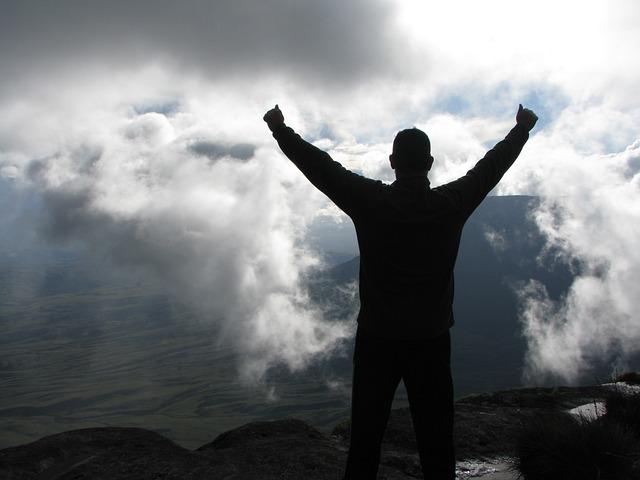
Tips for Achieving Sharpness and Clarity in Wide Angle Shots
When it comes to wide angle photography, achieving sharpness and clarity can sometimes be a challenge. However, with the right techniques and tips, you can master the art of capturing stunning wide angle shots that are sharp and clear.
To ensure sharpness in your wide angle shots, it is important to use a tripod. This will help eliminate camera shake and ensure that your images are crisp and sharp. Additionally, using a remote shutter release or the camera’s self-timer function can further prevent any potential camera movement.
Another tip for achieving sharpness and clarity in wide angle shots is to use a small aperture, such as f/8 or higher. A smaller aperture will increase the depth of field, resulting in sharper images throughout the frame. However, be mindful of diffraction, which can occur at very small apertures and affect overall image quality.
When composing your wide angle shots, pay attention to the foreground elements. Including interesting foreground elements can not only add depth to your images but also help to anchor the scene and create a sense of scale. This is especially important in landscape photography, where sharpness and clarity are key.
Lastly, post-processing can also play a role in enhancing the sharpness and clarity of your wide angle shots. Use tools such as sharpening filters or clarity adjustments to enhance details and make your images pop. Just remember to keep it subtle and avoid over-processing, as this can detract from the overall quality of the image.
Q&A
Q: What are some key tips for mastering wide angle photography?
A: Some key tips include getting up close to your subject, using leading lines to create depth, and paying attention to your composition.
Q: How can photographers prevent distortion in their wide angle shots?
A: To prevent distortion, photographers can keep their camera level, avoid tilting the camera up or down, and use correction tools in post-processing software if needed.
Q: What are some creative ways to utilize wide angle lenses in photography?
A: Creative ways to utilize wide angle lenses include capturing expansive landscapes, emphasizing foreground elements, and creating immersive images in tight spaces.
Q: How can photographers make the most of the unique perspective offered by wide angle lenses?
A: Photographers can make the most of the unique perspective by experimenting with different angles and viewpoints, playing with scale and proportion, and incorporating interesting foreground elements.
Q: What are some common mistakes photographers make when using wide angle lenses?
A: Some common mistakes include overusing the wide angle lens, neglecting to consider composition and framing, and not paying attention to the effects of distortion on the final image.
Final Thoughts
In conclusion, mastering the art of wide angle photography requires a combination of technical knowledge, creative vision, and plenty of practice. By following the expert tips provided in this article, photographers can confidently explore the unique perspective that wide angle lenses offer, capturing stunning landscapes, dynamic architecture, and expansive scenes with clarity and precision. With dedication and patience, photographers can elevate their craft and create compelling images that truly stand out. So, grab your wide angle lens, head out into the world, and start capturing your own unique view of the world through the lens of wide angle photography.
GoogleAds




